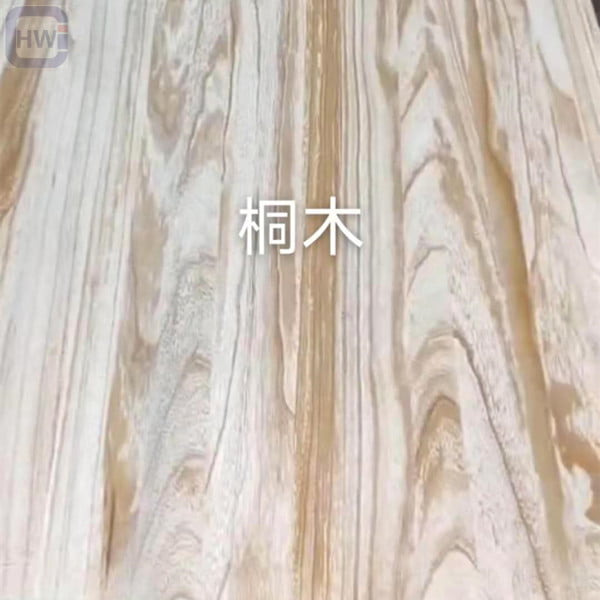
When it comes to construction and shaping concrete structures, using the right materials is essential. Plywood for formworks is a go-to choice in the construction industry, offering versatility, strength, and ease of use. In this ultimate guide, I will shed light on everything you need to know about plywood for formworks. Whether you’re a seasoned builder or just getting started, this article will be your treasure trove of knowledge.
Understanding Plywood for Formworks
Plywood for formworks, also known as formwork plywood, is a specially designed type of plywood used to create molds for pouring concrete. These molds, often referred to as forms, are crucial for shaping and supporting the concrete until it cures and gains strength. Here are the key features of plywood for formworks:
1. Size and Thickness
Formwork plywood typically comes in standard sizes, with common dimensions of 4×8 feet and 4×10 feet. The thickness can vary, but it is commonly available in 1/2-inch and 3/4-inch thicknesses.
2. Film-Faced Surface
One distinctive feature of formwork plywood is its film-faced surface. This surface is usually overlaid with a smooth and durable layer of phenolic film. The film provides resistance to moisture, making it suitable for repeated use in wet concrete applications.
3. Multiple Layers and High Quality
Formwork plywood is constructed from multiple layers of high-quality veneers. These layers are bonded together with adhesive to ensure strength and durability.
4. Reusable
Plywood for formworks is designed for multiple uses, which makes it a cost-effective choice for construction projects. With proper care and maintenance, it can be reused many times.
Applications of Plywood for Formworks
Plywood for formworks finds extensive use in a variety of construction projects. Here are some common applications:
1. Foundations and Footings
When constructing foundations or footings, formwork plywood is used to create molds to shape and contain the concrete until it sets.
2. Columns and Beams
For shaping columns and beams, formwork plywood molds are used to achieve the desired shape and size of the structural elements.
3. Slabs and Walls
Plywood for formworks is also employed to create molds for slabs and walls. It ensures precision in the concrete work and allows for smooth finishes.
4. Staircases
Formwork plywood molds help create the molds for staircases, ensuring they are structurally sound and aesthetically pleasing.
5. Retaining Walls
In the construction of retaining walls, formwork plywood is used to shape the concrete and maintain the structural integrity of the wall.
Advantages of Using Plywood for Formworks
Plywood for formworks offers numerous advantages that make it a preferred choice in construction:
1. Durability
The film-faced surface and high-quality construction of formwork plywood make it highly durable. It can withstand the rigors of concrete placement, making it a reliable choice for long-lasting formwork.
2. Moisture Resistance
The phenolic film overlay provides excellent resistance to moisture, which is crucial when working with wet concrete. This feature prevents the plywood from swelling or warping.
3. Smooth Finish
The film-faced surface ensures a smooth and even finish on the concrete, resulting in polished, professional-looking surfaces.
4. Reusability
Formwork plywood is designed for multiple uses, making it a cost-effective choice. With proper care, it can be reused for many projects.
5. Versatility
It can be used for a wide range of formwork applications, making it a versatile choice for contractors and builders.
FAQs about Plywood for Formworks
Q1: Can I use regular plywood for formworks?
A1: Regular plywood is not suitable for formwork applications. It lacks the film overlay that provides moisture resistance and durability, making it unsuitable for concrete molding.
Q2: How many times can I reuse formwork plywood?
A2: The number of times you can reuse formwork plywood depends on several factors, including the care and maintenance of the plywood and the nature of the concrete being poured. With proper care, it can be reused for multiple projects.
Q3: Can formwork plywood be used for curved surfaces?
A3: Yes, formwork plywood can be used for curved surfaces. Its flexibility and strength allow it to be molded to achieve a variety of shapes and designs.
Q4: What is the difference between film-faced plywood and regular plywood?
A4: The primary difference is the film overlay on formwork plywood. This overlay provides moisture resistance, smooth finishes, and durability that regular plywood lacks.
Q5: How should I store formwork plywood between uses?
A5: Formwork plywood should be stored in a dry and cool environment. Avoid exposure to direct sunlight and moisture, which can damage the plywood.
Conclusion
Plywood for
Post time: 14 10 月, 2023
